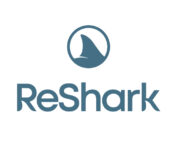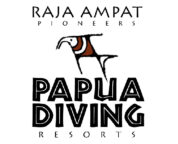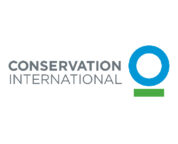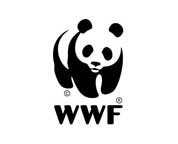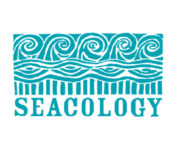The Raja Ampat Research and Conservation Center (RARCC) and Papua Diving have been working together to restore coral reefs and teach the local people to do the same.
In times when global warming and human hands are slowly destroying the world’s coral reefs, we are committed to protect the richest house reef of the world.
Raja Ampat still remains a pristine paradise for hundreds of marine species, but the massive and uncontrolled tourism on and under the sea and on the land and untreated sewage discharged to the ocean, among other issues, are putting this idyllic place under serious stress. For instance, the number of Crown-of-thorns starfishes (COTS), a seastar that eats coral polyps, is growing in this part of the world.
In September of 2019, Papua Diving sent Aurelius Kabes and Theopilus Sauyai to attend the Coral Feer Restoration training held by Coral Guardian, in Labuan Bajo. There, together with the team, the two Papuan men transplanted 930 corals around Hatamin island.
In the training, they learned how to clean up the reefs, identify diseases and sick corals, and separate them because they can infect the healthy ones.
Also in November and December of 2019, the RARCC hosted PhD Phillip Dustan, a marine ecologist specialized in the ecology, vitality, and remote sensing of corals. He taught some Papua Diving dive guides how to restore reefs and kill COTS and worked with them in several areas of Raja Ampat. The professor and Aurelius Kabes saved a 200-year-old coral by taking the pieces that were broken and put them properly into the coral again. Kindly visit the RARCC Youtube page to watch some videos about this initiative.
Moreover, the marine ecologist and two dive guides taught the students of the RARCC education center in Yerweser, Batanta, to do the same by themselves. Read more about this event here.
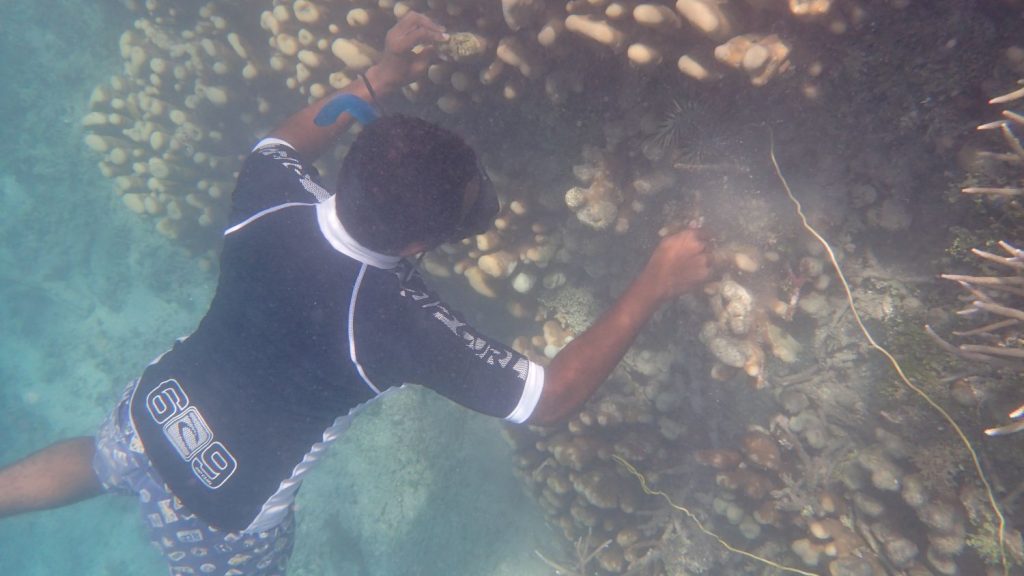
From now on, some Papua Diving guides are able to restore corals and even to involve Papua Diving guests in the task, but even before these initiatives, Papua Diving guides were already doing small reef clean-ups and monitoring the corals.
PhD Pillip Dustan suggested to inject the COTS with a 10 percent vinegar solution to kill them, and Papua Diving and RARCC have already several kits to do so.
The marine ecologist hopes that by teaching local dive guides who can then work with local children and teenagers, the issue can be overcome.
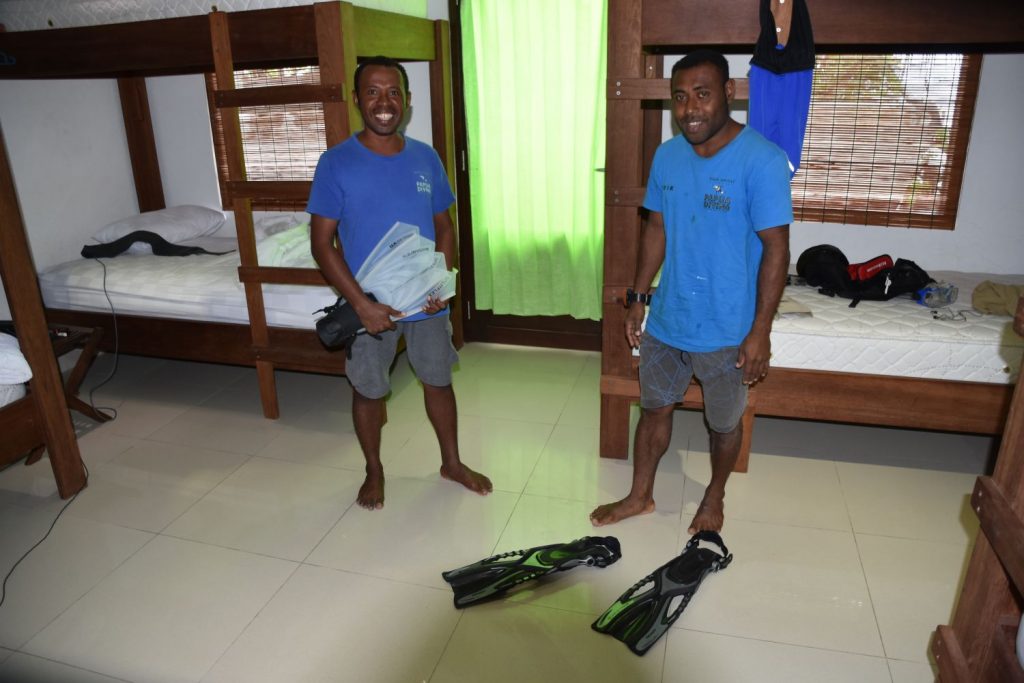
Furthermore, the RARCC director Max Ammer has been working and travelling to different locations to try to bringing to attention the necessity of solving the root cause of these issues.
By involving as many people as possible, from the government to the local people and the tourism operators in the area, in the solution, we hope that everyone will do their part and invest time and money to overcome the problem.
For example, if all the liveaboards operating in Raja Ampat stop discharging untreated sewage waste into the ocean and the communities learn how to implement healthy and efficient septic tank systems in the villages, part of the problem will be solved.
Papua Diving has been promoting the usage of reef-safe sunscreens among its guests, besides replacing old solutions with new eco-friendly cleaning and hygiene products on Kri island.
Last but not least, since 1993 we (Papua Diving and later the RARCC too) have been working with the local community and teaching them to preserve their land and start their own eco-friendly businesses instead of keep doing harmful actions, such as illegal logging, blast fishing, and turtle poaching, to make a living. Learn more about our conservation initiatives on this website.

Thanks to our conservation actions, the area surrounding our center host the richest diversity of fish in the world. In 2013, 374 different species of reef fish were counted. This is 91 species more than 11 years previously. Both surveys were done by Dr. Gerald R. Allen while in assignment for Conservation International. In fact, we give all the glory to God, who created the Universe and who keeps it, besides blessing our conservation initiatives.



